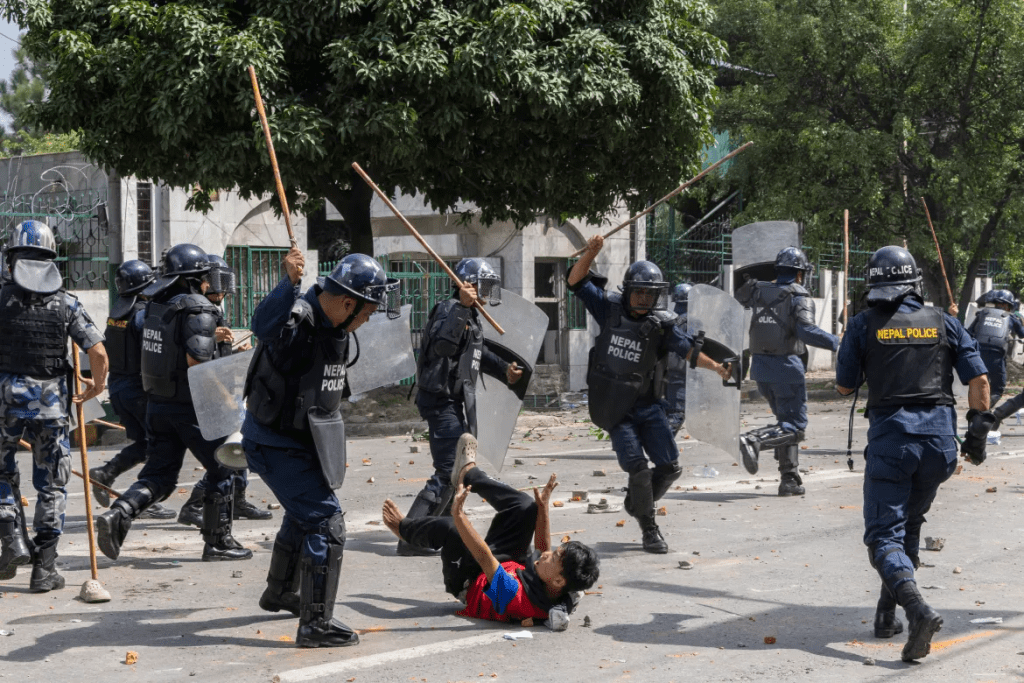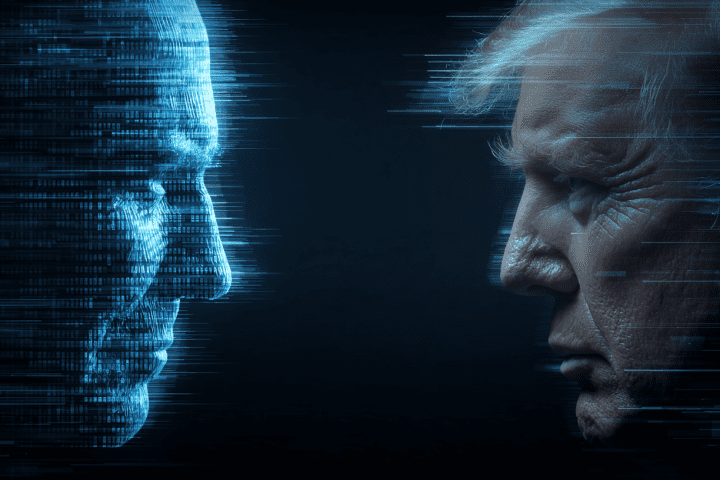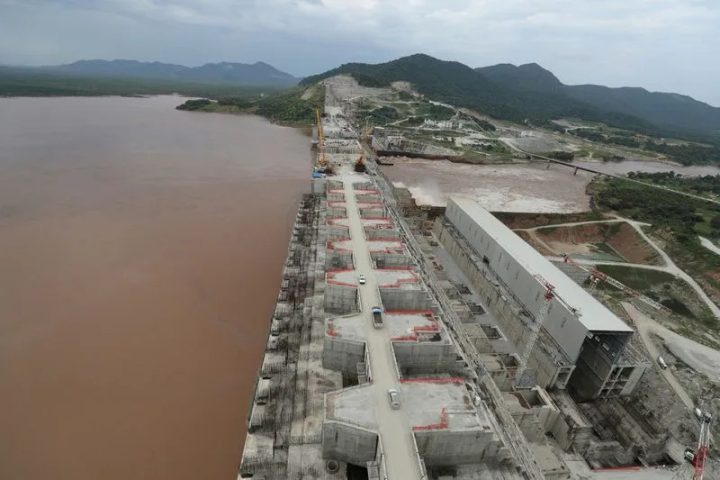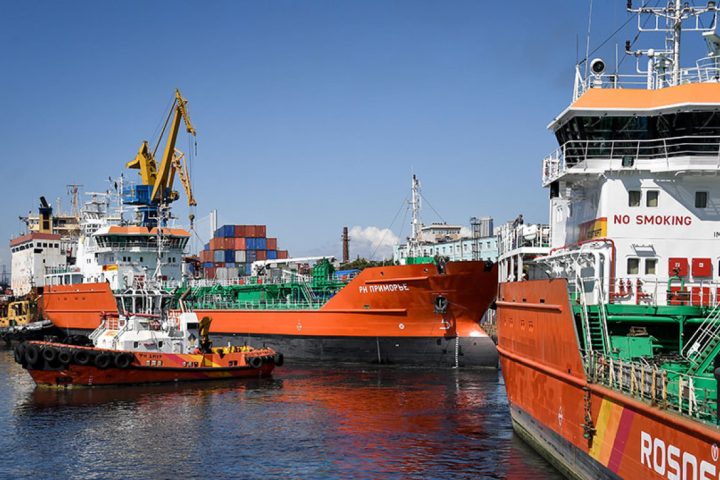Nepal is entering one of its most turbulent moments since the monarchy was abolished in 2008.

On Tuesday, anti-corruption demonstrators openly defied an indefinite curfew in Kathmandu and other cities, clashing with riot police and chanting slogans demanding the resignation of Prime Minister K.P. Sharma Oli. The unrest comes just a day after 19 people were killed and more than 100 injured when protests over a government-imposed social media ban spiraled into violence. Police fired rubber bullets and tear gas as crowds attempted to storm parliament.
By Tuesday morning, anger had intensified. Protesters torched tyres, hurled stones at police, and even targeted the homes of politicians, with some ministers reportedly evacuated by helicopter. Organizers called for condolence gatherings in memory of the dead, framing the movement as “demonstrations by Gen Z” — a generational uprising against entrenched corruption and bleak economic prospects.
For many young Nepalis, frustration had been simmering for years. Social media posts exposing the lavish lifestyles of political families gained traction, only for the government to respond with a sweeping ban on major platforms, including Facebook. While the restriction was lifted after Monday’s bloodshed, the damage to trust appears deep.
Prime Minister Oli, now in his fourth term, convened an emergency meeting of political parties, urging dialogue over violence. Yet he sidestepped the core corruption complaints, instead blaming “infiltration from selfish centres” for the unrest. Two of his cabinet ministers resigned, citing moral responsibility, but Oli remains under immense pressure.
International concern is growing. India, home to hundreds of thousands of Nepali migrant workers, urged restraint and dialogue, while a joint statement from Western and Asian embassies in Nepal condemned the violence and called for protection of fundamental rights.
Nepal’s political fragility has long been a risk, the country has cycled through 14 prime ministers since 2008, but this wave of youth-driven protests signals something more: a generational demand for accountability. Whether Oli can contain it through dialogue, or whether it escalates into prolonged instability, may define Nepal’s trajectory for years.












